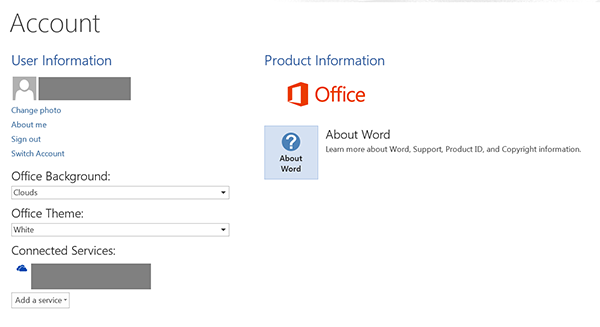
Install Gvlk Key Kmspico Activator For Office
When I try to activate it says, 'Forced GVLK Installation' 'Default key does not. KMS activation works only with enterprise versions i.e.
This document shows how to convert Microsoft Office 2013 or Microsoft Office 2016 to and from KMS activation and MAK activation, as well as help determine which activation type is currently in use. These activations are available for faculty and staff using departmental machines. Please note that only Office Pro Plus can use KMS or MAK activation. Other editions are not compatible.
These instructions only apply to machines running Windows Vista, 7, 8.1, or 10. Machines running macOS do not use KMS or MAK activation.
Instead, the Microsoft Volume License Serializer is run on a machine to create its own unique license file. This serializer can be found on the Campus Software Library under the section for Microsoft software.
Hivion receiver software. See for the full details of MAK and KMS activation at UW Madison. Contents: • • • Converting Microsoft Office 2013 or 2016 from KMS to MAK Activation. • If you are affiliated with the University, email to request the University's Office 2013 or Office 2016 MAK activation key, otherwise use the product key which came with your copy of Office. Spisok na perechislenie obyazateljnih pensionnih otchislenij blank. • Launch Microsoft Word 2013 or Microsoft Word 2016 • Click the File tab.
• Click Account. • Click Change Product Key under Product Information. • Enter the MAK activation key from the email in the field provided. • After you enter a good key, you will get the green check mark and the Continue button will change to an Install button • Click Install. • An additional alert may appear in the taskbar. If so, click it and select Yes. • Exit Microsoft Word.

• Launch Word. • Click the File tab • Click Account. Under Product Information, Word should report that it is activated. • Launch a command window with elevated privileges • Type cmd in the Search bar to locate the command window. • Right-click on cmd or Command Prompt and click Run as administrator from the context menu • Click Yes at the User Account Control prompt to open the command window with elevated privileges.
• Launch a command window with elevated privileges • Type cmd in the Search bar to locate the command window. • Right-click on cmd or Command Prompt and click Run as administrator from the context menu • Click Yes at the User Account Control prompt to open the command window with elevated privileges.